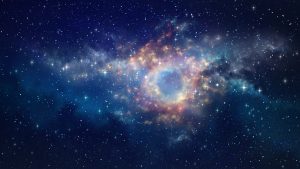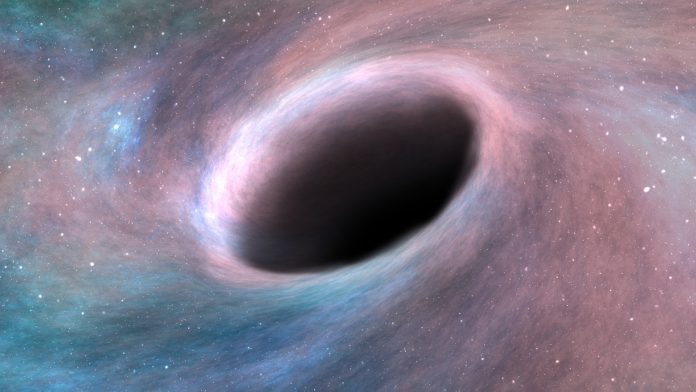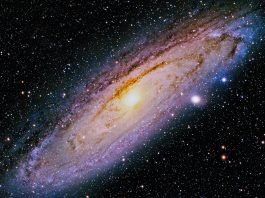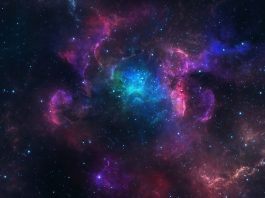Researchers from the University of Arizona have used Machine Learning to work out the relationship between galaxy and black hole growth.
In a new study, researchers have used Machine Learning to deduce the rules governing the relationship between the growth of a galaxy and the growth of the supermassive black hole at its centre. The team’s analysis concluded that there is a tight correlation between the two growth rates, which confirms a decades-old theory.
The study, ‘TRINITY I: Self-Consistently Modeling Halo-Galaxy-Supermassive Black Hole Connection from z = 0-10,’ is published in Monthly Notices of the Royal Astronomical Society.
How do black holes at the centre of galaxies grow so quickly?
Scientists believe that the majority of galaxies contain a supermassive black hole at their centre. These black holes have masses greater than 100,000 times the Sun, and sometimes even millions or billions of times more massive than the Sun. Astronomers have long pondered how these black holes grow so fast, and how they first form.
To gain insight into these questions, the University of Arizona’s Haowen Zhang and Dr Peter Behroozi, lead authors of the new study, have built a Machine Learning framework where computers would create new rules for how supermassive black holes grew over time. The framework would then use those rules to simulate the growth of billions of black holes in a virtual Universe and observe this virtual Universe to test whether it agreed with the observations of black holes in the real Universe. After trying millions of rulesets, the computers chose the rules that best describe existing observations.

The results revealed that supermassive black holes grew rapidly in the first few billion years of the Universe but grew much more slowly after that.
“We’ve known for a while that galaxies have this strange behaviour, where they reach a peak in their rate of forming new stars, then it dwindles over time, and then, later on, they stop forming stars altogether,” said Behroozi.
“Now, we’ve been able to show that black holes do the same: growing and shutting off at the same times as their host galaxies. This confirms a decades-old hypothesis about black hole growth in galaxies.”
The study opens up more questions
However, the results pose more questions as black holes are a lot smaller than the galaxies in which they live. For instance, if the Milky Way were scaled down to the size of Earth, a supermassive black hole would comparatively be the size of the full stop at the end of this sentence.
Therefore, for a black hole to grow at the same rate as the larger galaxy, synchronisation between gas flows at vastly different scales is required. Researchers will now need to work out how black holes and galaxies correlate with this balance of size.









